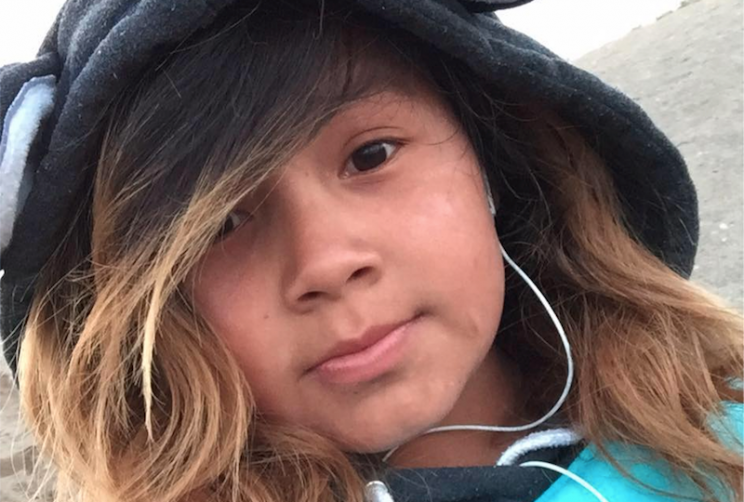Northern Ontario First Nation devastated by 11-year-old girl's suicide

The death of an eleven-year-old girl from suicide in a northern Ontario reserve is the latest in a number of suicides and suicide attempts by young First Nations people in Canada.
Alyssa Nanokeesic of Kitchenuhmaykoosib Inninuwug First Nation, located more than 600 kilometres north of Thunder Bay, Ont., was found dead in her grandmother’s house Feb. 10, APTN reports. Chief James Cutfeet told APTN that her death had been ruled a suicide.
Kitchenuhmaykoosib Inninuwug First Nation is a fly-in community of about 1,000 people that has winter road access for only three months of the year.
Crisis staff from various agencies are on hand in the community to help residents, particularly children, deal with the aftermath of the young girl’s death. Cutfeet told APTN he’d spoken with both the federal and provincial health ministers, who had committed to sending a working group to the community.
Nanokeesic’s death marks the fourth suicide of a girl in a Canadian First Nations community of 2017. A 12-year-old girl in God’s River, Man. and two 12-year-old girls in northern Ontario’s Wapekeka First Nation took their own lives days apart from one another in January.
Health Canada received criticism following the deaths of the two Wapekeka girls when the First Nation issued a statement that said their request for additional mental health assistance upon discovering a suicide pact among young people in the community was denied.
An anonymous donor later donated $380,000 to the community for the creation of a suicide prevention plan.
These recent deaths are part of an overall pattern of higher suicide rates among First Nations and Inuit youth in Canada, and examples of the mental health issues experienced by many remote communities. In fall 2015, Ontario’s Attawapiskat First Nation experience 11 people attempting suicide after a 13-year-old girl died in October of that year. Months later, six people — mostly youth — took their own lives in northern Manitoba’s Pimicikamak Cree Nation.
One year ago, the Assembly of First Nations’ national Chief Perry Bellegarde called for a national strategy to fight suicide epidemics in First Nations communities across Canada. A Canadian National Institutes of Health report from 2000 found suicides among First Nations youth were six times higher than for the rest of Canada’s youth population, and the 2012 Aboriginal Peoples Survey found that rates remained higher for adults from First Nations.
Earlier this month, Sheila North Wilson, the grand chief of Manitoba Keewatinowi Okimakanak, was in Ottawa to ask for federal assistance in tackling high suicide rates in Manitoba’s First Nations communities. The chief lost her own cousin to suicide this year, learning of his death as she arrived in Ottawa for her presentation.
Nanokeesic’s burial is set for Wednesday. Representatives from Kitchenuhmaykoosib Inninuwug First Nation were not immediately available for comment.


